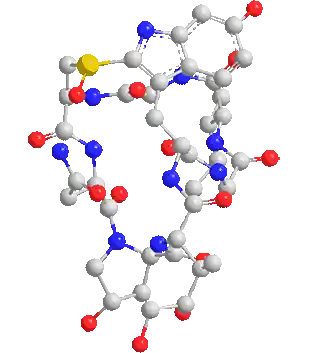افشین رشید
اُستادیار ؛ عضو هیات علمی دانشگاه آزاد اسلامی واحد علوم و تحقیقات تهران
615 یادداشت منتشر شدهChange in Reactivity and Chemical Properties of Nanomaterials

Note: The chemical properties of a nanomaterial are properties that cannot be measured independently. This means that the amount of a chemical quantity is determined during the reaction and interaction of a nanomaterial with other materials.
Reactivity or the tendency of a nanomaterial to react with other materials is one of the most important chemical properties of nanomaterials. You must have seen the scene of sodium, lithium or potassium flaming in contact with water. All these are highly reactive elements. As long as they cannot be kept in contact with air like other elements. But on the other hand, nothing happens by dropping a gold ring in a glass of water, or aluminum windows are used without any problems in the vicinity of air (of course, this is with the help of the resistant oxide layer that is formed on the aluminum surface). Nanometers show different behavior.

The reactivity of nanomaterials increases significantly in the nanometer scale. In this scale, gold and graphene nanoparticles are not only highly reactive, but they are also used to increase the reaction rate of other substances (as catalysts). Aluminum nanoparticles ignite in the air and can be used as rocket fuel. The reactivity of materials on this scale has made it possible to make much stronger catalysts. As far as it is predicted, many irreversible reactions (such as the formation of toxic gases NO and CO) can be reversed at ambient temperature and pressure. accepted What has been said are only limited examples of changing the properties of a material at the nano scale. Melting point, thermal properties, electrical properties, mechanical properties and dozens of other known physical and chemical properties also change in this scale. It seems that it is no longer possible to identify a material by its properties without considering the particle size. Some have suggested to add another dimension to Mendeleev's table to solve this problem. This means that in order to specify the properties of an element, in addition to specifying the name of that element and its position in Mendeleev's table, it is necessary to know in what dimensions the properties of the element are desired.
Conclusion :
The chemical properties of a nanomaterial are properties that cannot be measured independently. This means that the value of a chemical quantity is determined during the reaction and interaction of a substance with other substances.